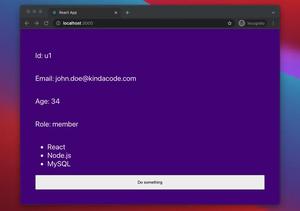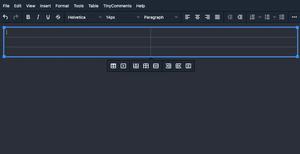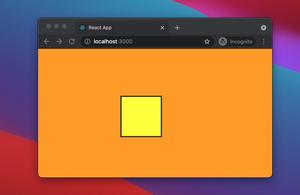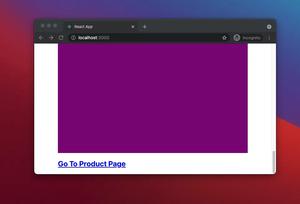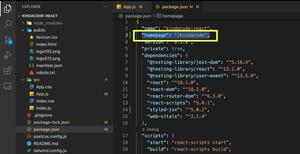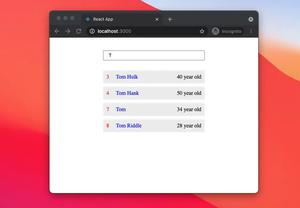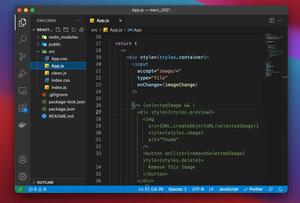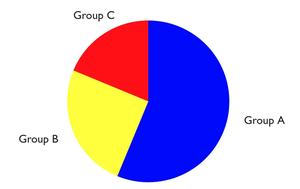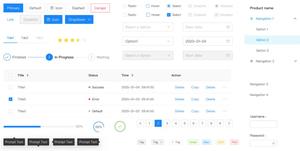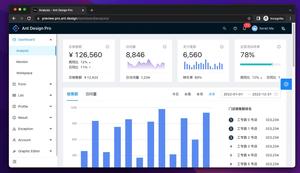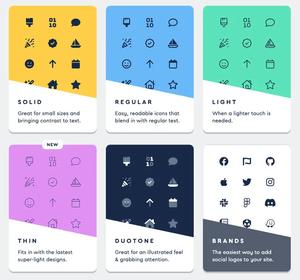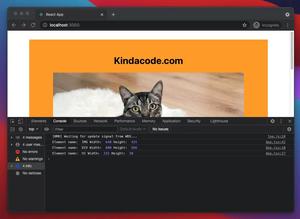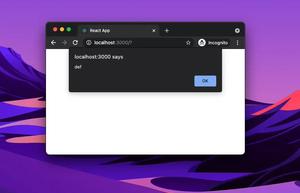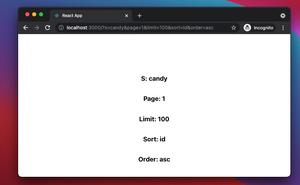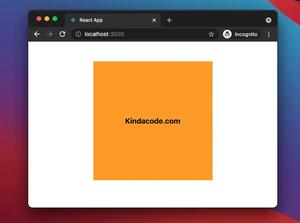An easy solution to determine whether your React app is rendering on a mobile device or a computer is to use a library called react-device-detect.
A Complete Example
Installation:
npm install react-device-detect --saveThe code:
import React from "react";
import { isMobile } from "react-device-detect";
function App() {
return (
<div style={styles.container}>
{isMobile ? <h2>Mobile</h2> : <h2>Desktop</h2>}
</div>
);
}
// just a little styling
const styles = {
container: {
display: 'flex',
justifyContent: 'center',
paddingTop: '15px'
}
}
export default App;Check it out with the Chrome developer tool:
for the sake of brevity and ease of understanding, any unnecessary verbosity has been removed from the code.
If you want to trigger an update on window resizes instead of manually refreshing the browser as shown in the video above, then see this article: React + TypeScript: Re-render a Component on Window Resize (This is not required because, in practice, normal users won’t turn on Chrome’s dev tools and do as we do).
Conclusion
You’ve learned a simple and quick technique to detect mobile or desktop in React. If you’d like to explore more new and exciting stuff about modern front-end development, take a look at the following articles:
- Best Libraries for Formatting Date and Time in React
- React + TypeScript: onMouseOver & onMouseOut events
- React + TypeScript: Multiple Select example
- React + TypeScript: Working with Radio Button Groups
- React: Create a Reusable Switch/Toggle Component
- How to Create a Word Counter in React (with Hooks)
You can also check our React category page and React Native category page for the latest tutorials and examples.
